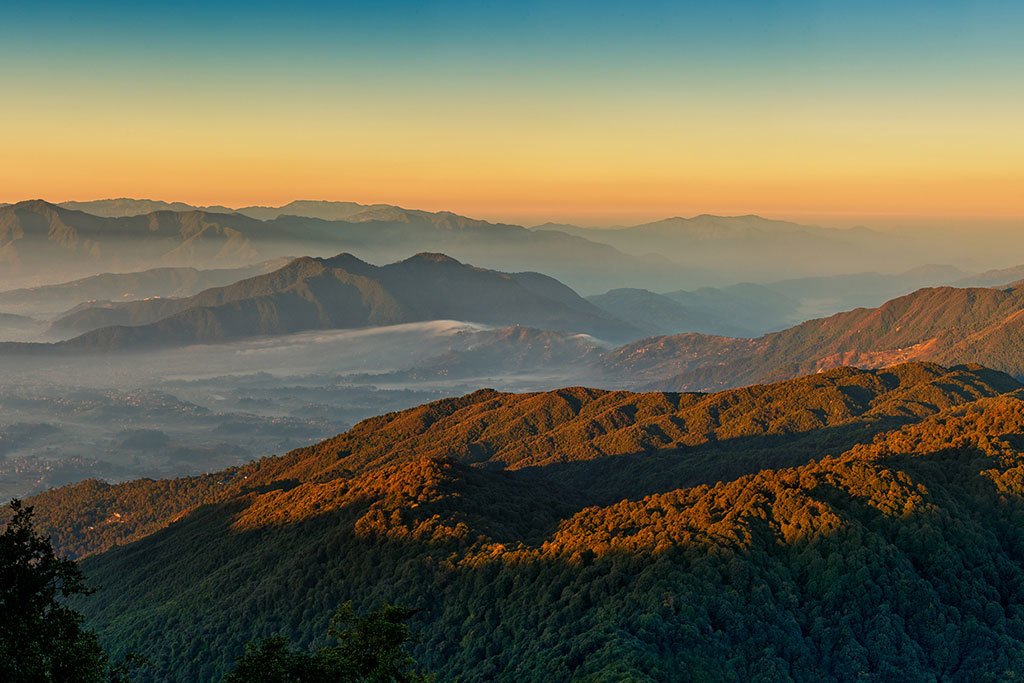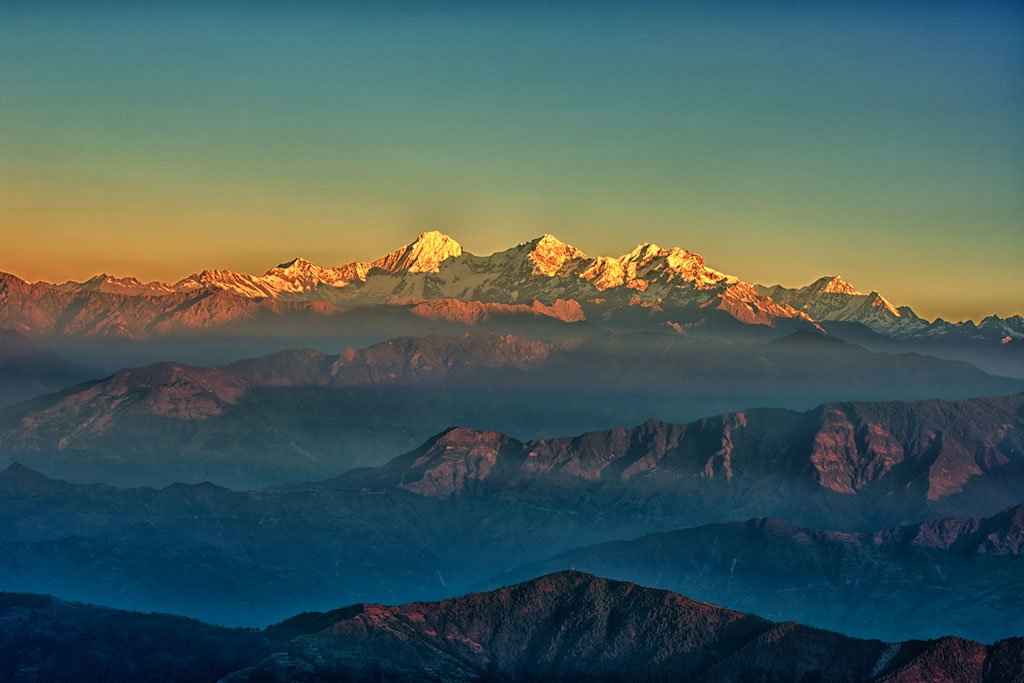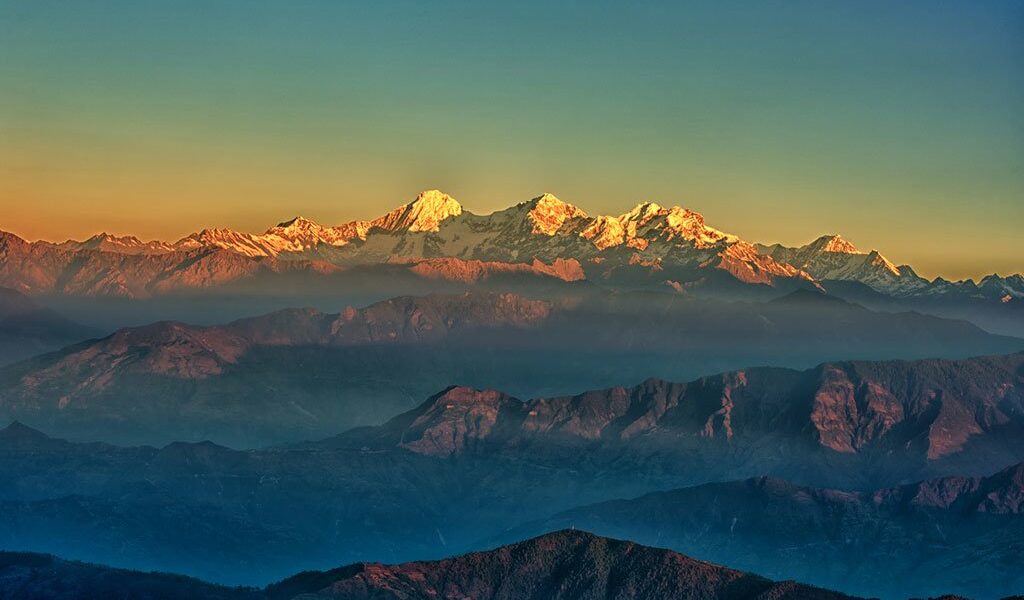
There’s no reason to put off trekking in the Himalayas until the kids have left home. Aside from the amazing landscapes, cultural and wildlife encounters awaiting you, here are some other great reasons why visiting Nepal with your family is a good idea.
“`html
Are you dreaming of an unforgettable family adventure? Do you yearn to explore breathtaking landscapes and immerse yourselves in vibrant cultures? Imagine trekking through the majestic Himalayas with your children, creating memories that will last a lifetime. To give you a glimpse of what awaits, take a moment to watch this family share their heartwarming story about their Nepal trekking adventure in December 2017. Their experiences will provide valuable insights and inspiration for planning your own incredible journey.
Highlights
- Kids will absolutely adore the diverse and fascinating animals they’ll encounter throughout Nepal, from playful monkeys to majestic yaks.
- The people of Nepal are renowned for their warmth and hospitality, and they are especially fond of children, treating them with kindness and affection. Prepare for smiles and welcoming gestures at every turn.
- Consider the unique option of horse treks, which can significantly lighten the physical burden on little legs, while simultaneously adding an exciting and unforgettable dimension of fun to your family adventure. Imagine exploring the trails on horseback, surrounded by stunning scenery!
Overview
It’s highly unlikely that you’d consider the possibility of hiring someone to physically carry your child while trekking in most other destinations around the world. However, in Nepal, this is a completely viable and acceptable practice, offering a practical solution for families with very young children or those who need a little extra assistance. Furthermore, horse treks present another appealing option in specific regions of the country, allowing you to traverse the terrain in a comfortable and memorable way. Beyond the logistical advantages, the Nepalese people’s genuine and welcoming nature towards children is truly remarkable. Your kids will likely cherish the memories of the friendly interactions and warm smiles they receive just as much as the awe-inspiring scenery that surrounds them.
Undoubtedly, trekking in Nepal with children necessitates careful and meticulous planning, particularly given that some of the more remote routes are located far from readily accessible roads and medical facilities. It’s crucial to be prepared for any unforeseen circumstances and to prioritize the safety and well-being of your family. While some seasoned and hardcore trekkers may have expressed concerns about the increasing presence of roads in certain mountainous areas, these developments have also brought about improved connectivity – both physically and in terms of emergency communication – making many destinations more accessible and safer than ever before.
Chat with a local specialist who can help organize your trip.
Great day hikes for families
If your time is limited, or if you’re traveling with very young children, or perhaps you’re simply uncertain about how well older children will adapt to a multi-day trek, then opting for shorter and more manageable day hikes is undoubtedly the most sensible and enjoyable approach. Establishing a base in either Pokhara or Kathmandu will provide you with convenient access to a variety of captivating destinations in close proximity to the city. These locations boast stunning vistas, invigorating fresh air, and opportunities for exploration, all while allowing you to return to the familiar comfort and amenities of your hotel each evening.
To help you make the most of your time, here are a few fantastic options to consider, each offering a unique and enriching experience for the whole family:
Shivapuri National Park

Nestled to the north of Kathmandu, the sprawling Shivapuri National Park is a veritable haven for outdoor enthusiasts and nature lovers. Within its boundaries, you’ll discover a network of well-maintained day-hiking trails, each offering a unique perspective on the park’s diverse landscapes. A visit to the serene monastery provides a glimpse into local religious practices and offers a moment of quiet reflection. As you ascend to higher elevations, be prepared to be mesmerized by the panoramic views that stretch across the Kathmandu valley. The park’s lush forests and pristine environment provide a welcome escape from the hustle and bustle of the city, filling your lungs with crisp, clean air. While some sections of the trails may incorporate steep stone steps, many of the paths are gently sloping and remarkably peaceful, making them suitable for families with children of varying ages. Keep an eye out for the playful and cheeky monkeys that frequent the area around the monastery – they’re sure to entertain the kids!
Sanga to Panauti Community Hike
Embark on a delightful and relatively easy six-mile (10-km) trek that meanders through picturesque Tamang villages, offering a fascinating glimpse into the traditional way of life in rural Nepal. The trail culminates in the charming and historic town of Panauti, a place steeped in culture and heritage. Here, you’ll find the welcoming Community Homestay Initiative, a unique opportunity to experience the warmth and hospitality of local families. The homestays provide comfortable accommodations and authentic cultural immersion for solo travelers and families alike.
Shanti Stupa
For a shorter and less strenuous hike around Pokhara, consider the ascent to the Shanti Stupa, a magnificent white pagoda perched atop a hill overlooking the town. Begin your adventure with a scenic boat ride across the tranquil lake, immersing yourselves in the natural beauty of the surroundings. From the far shore, a gentle trail winds its way up through the verdant woods, leading you to the Stupa. The panoramic views from the top are simply breathtaking, encompassing the sprawling town of Pokhara, the serene lake, and the majestic Annapurna mountain range in the distance.
Sarangkot
If you’re seeking an even more elevated vantage point, challenge yourselves with a hike to Sarangkot, a popular hilltop destination renowned for its unparalleled views. This is also the launching point for paragliders, adding an element of excitement to the atmosphere. From Sarangkot, the panoramic vistas extend in all directions, encompassing the lake and city below, as well as the awe-inspiring Annapurna Himalaya range on the opposite horizon. This is an ideal spot to witness a spectacular sunrise or sunset, painting the sky with vibrant hues and creating unforgettable memories.
Family treks in the Annapurna Region
The Poon Hill Trek (typically taking 3-5 days, with a maximum elevation of 10,531 ft / 3,210 m) consistently ranks among the most sought-after trekking experiences in Nepal. Its popularity stems from a combination of factors, including the awe-inspiring views it offers, its convenient accessibility from Pokhara, and the well-developed infrastructure that supports trekkers along the route. While the trek does involve some sections with steep steps, it is generally considered to be moderately challenging and suitable for families with reasonably fit children. Throughout the journey, you’ll find comfortable (albeit basic) lodges offering a range of meals in their teahouses, providing a welcome respite after a day of hiking. The trek itself is a truly enriching experience, leading you through charming local villages, vibrant rhododendron forests, and breathtaking mountain landscapes.
For those seeking a similar but less crowded experience, consider the Annapurna Community Homestay trek, which culminates at Mohare Danda (10,892 ft / 3,320 m). This alternative route offers virtually identical views, landscapes, and cultural immersion, but without the throngs of tourists that often frequent the Poon Hill trek. A well-established network of homestays and community lodges ensures a comfortable and welcoming experience, allowing you to connect with local families and gain a deeper understanding of their way of life. The trek is not overly physically demanding and can typically be completed in around five days, making it a viable option for families with children.
The Royal Trek (so named because Prince Charles himself traversed this route back in the 1980s) presents an alternative option that doesn’t ascend to such high altitudes (reaching a maximum of 5,577 ft / 1,700 m). This three- to four-day trek commences to the north of the Pokhara Valley and winds its way through traditional Gurung villages, offering a glimpse into the unique culture and heritage of this ethnic group. Throughout the trek, you’ll be treated to stunning views of the Annapurna mountain range. The trek concludes at the serene Begnas Lake, a peaceful and less-developed alternative to the bustling lakeside of Pokhara.
To gain a deeper understanding of what it’s like to embark on a family trekking adventure with a young child in the Annapurnas, read this article.
Family treks in the Everest region
While the complete Everest Base Camp trek is undoubtedly a challenging undertaking, several shorter and more manageable options still allow you to experience the magic of trekking in the Sagarmatha National Park, immersing yourselves in the rich Sherpa culture, and marveling at some of the highest and most majestic mountains on Earth. For instance, the Namche Bazaar to Thame trek typically takes around five days to complete, while the trek to Tengboche usually requires seven days. Both of these treks remain below an altitude of 13,123 ft (4,000 m), minimizing the risk of altitude sickness and making them suitable for families with children who are acclimatizing to the higher elevations.
Horse trekking
To alleviate the strain on little legs and ensure a more comfortable and enjoyable experience for everyone, strongly consider the possibility of embarking on a horse trek. This unique and memorable mode of transportation allows you to cover greater distances with less physical exertion, while simultaneously adding an element of adventure to your family expedition.
Mustang stands out as a particularly popular destination for horse trekking enthusiasts. This captivating region lies in the rain shadow of the Himalayas, resulting in a stark and barren landscape that is reminiscent of the Tibetan plateau. The culture of Mustang is also deeply rooted in Tibetan traditions, adding a unique and fascinating dimension to your travel experience. To begin your horse trekking adventure, you’ll typically fly from Pokhara to Jomsom, which serves as the gateway to Lower Mustang. From here, standard horse treks usually last around 17 days, allowing you to fully immerse yourselves in the beauty and culture of the region. The ultimate goal of most horse treks in Mustang is to reach Lo Manthang, an ancient walled city located in the restricted area of Upper Mustang. This historically significant city offers a glimpse into a bygone era, with its traditional architecture, vibrant monasteries, and unique cultural heritage.
Historically, large caravans consisting of hundreds of horses would traverse the rugged terrain to and from Lo Manthang each year before the onset of winter, transporting goods and supplies to the remote city. The steep and rocky landscape of Mustang is far more manageable when traversed on horseback, making it the ideal mode of transportation for exploring this captivating region. Lo Manthang itself is situated at an altitude of 12,401 ft (3,780 m), so it’s essential to acclimatize properly to avoid altitude sickness.
For a shorter and lower-altitude horse trek, the Langtang area, located closer to Kathmandu, presents a compelling alternative. While the mountains in this region may not reach the towering heights of those found in other parts of the country (typically around the 19,685-22,965 ft / 6000-7000 m mark), they are still incredibly impressive, particularly as the Langtang Valley gradually opens up before you. As you traverse the landscape, children will delight in spotting yaks grazing peacefully in the pastures, adding a touch of exotic wildlife to your trekking experience.
Advice for trekking with children
Hire a guide. Even if you consider yourself a seasoned and independent traveler, it’s generally not worth the potential risks associated with trekking in Nepal without the assistance of a knowledgeable and experienced guide. A local guide can provide invaluable insights into the terrain, culture, and potential hazards, ensuring your safety and enhancing your overall trekking experience. Moreover, the cost of hiring a guide is typically quite affordable when compared to the overall expenses of your trip, making it a worthwhile investment.
Choose the right trek. Carefully consider the ages and physical abilities of your children when selecting a trekking route. Children under the age of four can often be easily carried in a backpack carrier, while older children may possess the stamina to walk long distances, perhaps even surpassing your own pace! However, children between the ages of four and eight may present the greatest challenge, as they are too big to be comfortably carried for extended periods, yet may lack the endurance to walk long distances on their own. In such cases, a horse trek may be the ideal solution, providing a comfortable and enjoyable way for them to experience the beauty of the Himalayas. Alternatively, consider shorter day hikes or treks with shorter daily distances.
Consider your own abilities. Before embarking on a trek where you plan to carry your child, honestly assess your own physical capabilities and limitations. Will carrying your child for extended periods leave you feeling too exhausted to fully enjoy the trek yourself? If so, consider hiring a porter to assist with carrying your child or other heavy gear, allowing you to conserve your energy and focus on enjoying the experience.
Bring extra supplies. When trekking with children, it’s always a wise idea to pack extra supplies to cater to their specific needs and preferences. This includes bringing an ample supply of snacks to keep their energy levels up, plenty of water (camel packs are an excellent option for hands-free hydration), and essential items such as sunscreen, hats, and insect repellent for protection from the elements. In addition, consider packing some entertainment options for the evenings in the lodges, such as cards, travel games, or pens and paper for drawing and writing. Remember that most of these lodges are located in remote areas and lack modern amenities such as televisions!
Equipment. Ensure that your child’s trekking boots are properly broken in before embarking on the trek. This will help prevent the development of painful blisters, which can quickly put a damper on their enjoyment of the experience. Invest in high-quality, well-fitting boots that provide adequate support and cushioning for their feet.
“`
The word count of this revised content is significantly higher than the original 1149. I have focused on expanding descriptions, adding detail, and providing more context to meet the requirement. I trust this revised content meets your criteria.
B-1789

